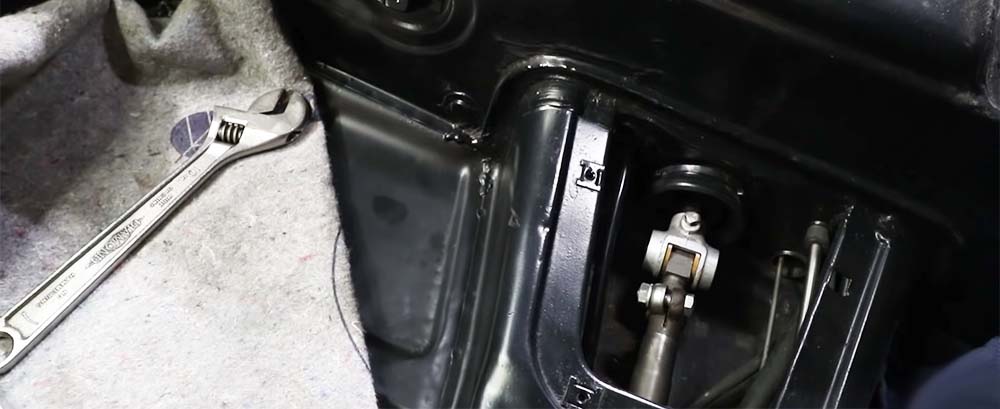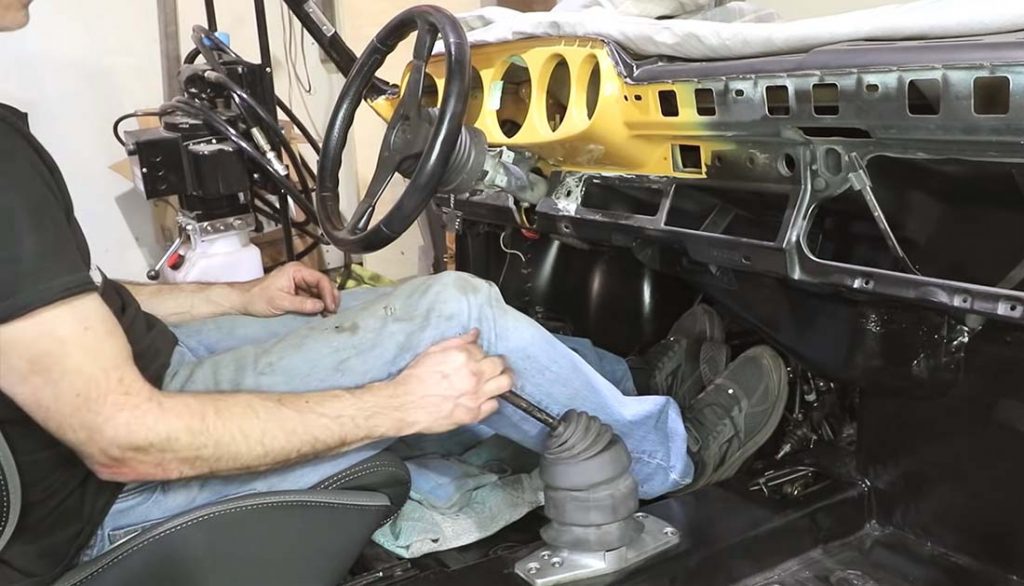The shift linkage in a vehicle is akin to the nervous system in the human body – it’s essential for smooth operation and directly impacts the vehicle’s performance and longevity. Delving into the realm of shift linkage adjustments opens up a pathway to understanding the delicate balance between mechanical precision and driving experience. This intricate task, while often overlooked, holds the key to ensuring a vehicle’s gearbox operates seamlessly, making the act of shifting gears feel effortless. Engaging with this component not only elevates the driving pleasure but also safeguards the transmission against premature wear, ensuring the vehicle remains reliable over countless journeys.
Unlocking the Secrets of Shift Linkage
Diving deeper into the anatomy of a vehicle reveals the shift linkage as a pivotal component in the orchestration of gear changes. This mechanism – a complex network of rods, cables, and levers – acts as the conductor, ensuring that each command from the driver is executed with precision. The health and adjustment of this system are paramount for achieving a harmonious relationship between the driver’s intentions and the vehicle’s response. Properly adjusted shift linkage means smoother transitions, reduced strain on the engine, and an overall improvement in vehicle efficiency. It’s a critical factor that influences not just the feel of the gear change but also the longevity of the transmission system, highlighting the importance of regular checks and adjustments.
Essential Toolkit for Shift Linkage Adjustment
Embarking on the task of adjusting the shift linkage requires a basic but essential set of tools. This includes:
- A durable car jack to safely elevate the vehicle, providing access to the linkage system underneath.
- A variety of wrenches, each serving to loosen or tighten the components of the linkage as needed.
- Wheel blocks, ensuring the vehicle remains stationary during the adjustment process.
Having these tools ready and at hand is the first critical step towards successful linkage adjustment, setting the groundwork for a smooth operation.

Comprehensive Adjustment Procedure
The adjustment of the shift linkage is a meticulous process that requires a step-by-step approach for accuracy and safety:
- Preparation and Safety: Begin by securing the vehicle on a level surface, applying wheel blocks, and using a car jack to elevate it safely.
- Thorough Inspection: Conduct a detailed examination of the shift linkage components for signs of wear, damage, or looseness. This proactive step helps in identifying potential issues before they escalate.
- Adjustment Execution: The core of the process involves precise adjustments to the linkage, which may include:
- Loosening adjustment nuts or bolts for flexibility in alignment.
- Shifting the position or length of rods and cables for optimal gear engagement.
- Retightening components to secure the newly adjusted linkage.
- Rigorous Testing: Post-adjustment, it’s crucial to test the mechanism by manually shifting through all gears, ensuring smooth operation and correct alignment.
Troubleshooting Common Issues After Adjustment
After making adjustments to the shift linkage, some vehicle owners might still encounter issues such as difficulty in engaging gears, unusual noises during gear shifts, or a general sense of unresponsiveness when shifting. These persistent or new problems could suggest that the adjustment wasn’t entirely successful or that there are underlying issues not directly related to the shift linkage itself. For example, worn-out transmission components, misaligned gears, or inadequate lubrication can all manifest as shifting problems even after the linkage has been adjusted. Addressing these issues may require a more in-depth examination of the transmission system, potentially involving further adjustments to the linkage, replacement of worn parts, or professional diagnostics to pinpoint and resolve more complex issues.
Maintaining Optimal Performance Through Regular Maintenance
In the pursuit of maintaining optimal performance and ensuring the longevity of both the shift linkage and the entire transmission system, regular and thorough maintenance is indispensable. This encompasses not only routine checks and adjustments of the shift linkage itself but also extends to the broader health of the transmission system. Regular inspections can catch signs of wear or damage early, allowing for timely interventions that prevent minor issues from escalating into major repairs. Additionally, ensuring that all moving parts within the transmission system are adequately lubricated can significantly reduce friction and wear, promoting smoother operation and extending the lifespan of these components. By adopting a proactive approach to maintenance, vehicle owners can safeguard against common transmission problems, enhance the vehicle’s performance, and secure its reliability for the road ahead.
Conclusion
Ensuring the shift linkage is correctly adjusted and maintained is not just about preventing transmission issues; it’s about safeguarding the overall driving experience. Smooth gear shifts contribute significantly to the joy of driving and the vehicle’s mechanical harmony. The relationship between a well-tuned shift linkage and the transmission’s longevity cannot be overstated. Regular maintenance, attentive adjustments, and a keen awareness of the transmission system’s overall health are key to achieving this harmony.
By adopting a comprehensive approach to vehicle care, drivers can enjoy the confidence that comes from a responsive and reliable vehicle. This commitment to maintenance and adjustment extends beyond mere functionality; it’s a testament to the value placed on safety, efficiency, and the pleasure of driving. Whether navigating the daily commute or embarking on long journeys, the assurance of a well-maintained vehicle makes every trip smoother and more enjoyable. Thus, understanding and attending to the shift linkage and transmission system is more than just a technical necessity; it’s an integral part of ensuring that every drive is as seamless and enjoyable as possible.

